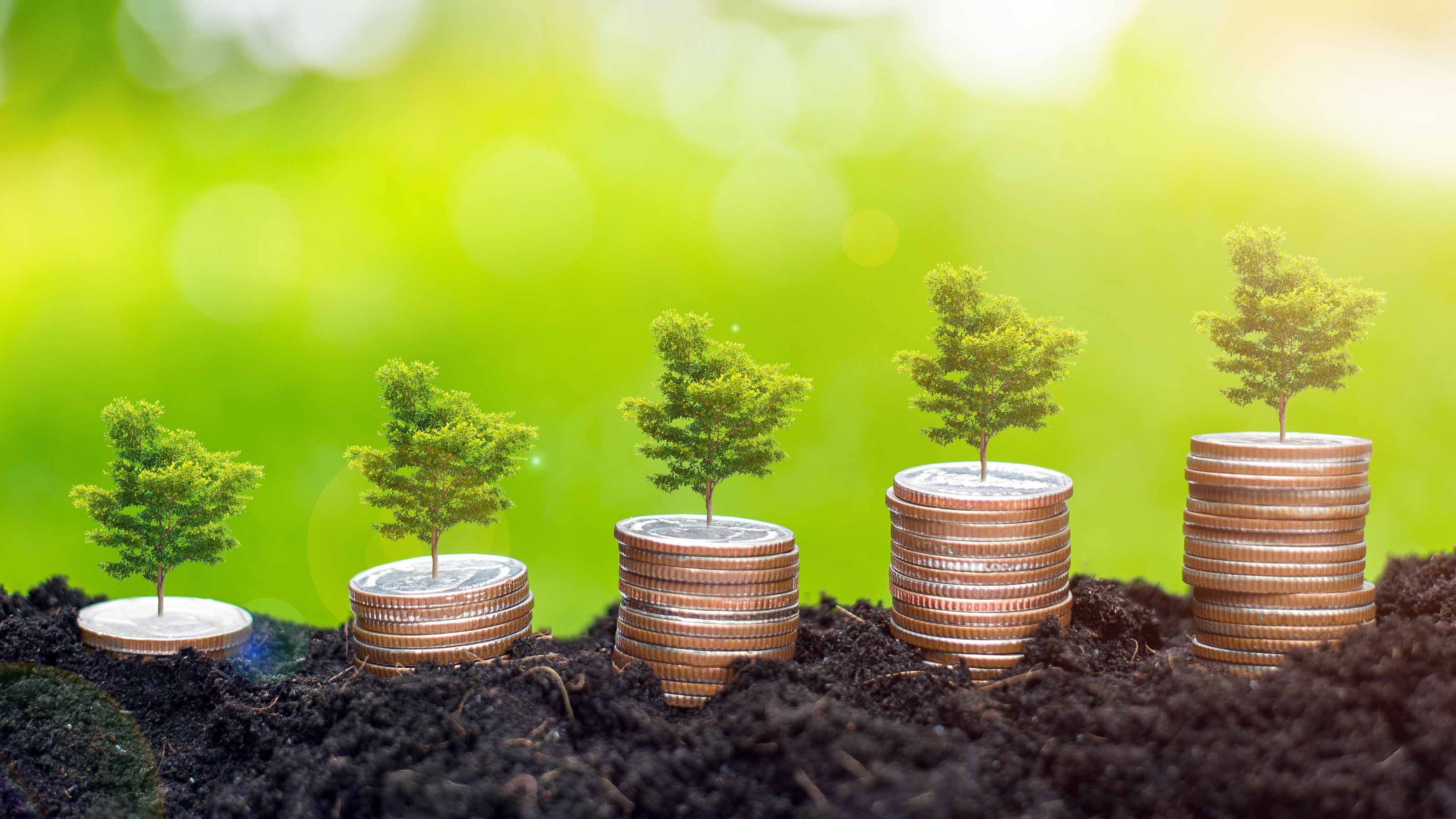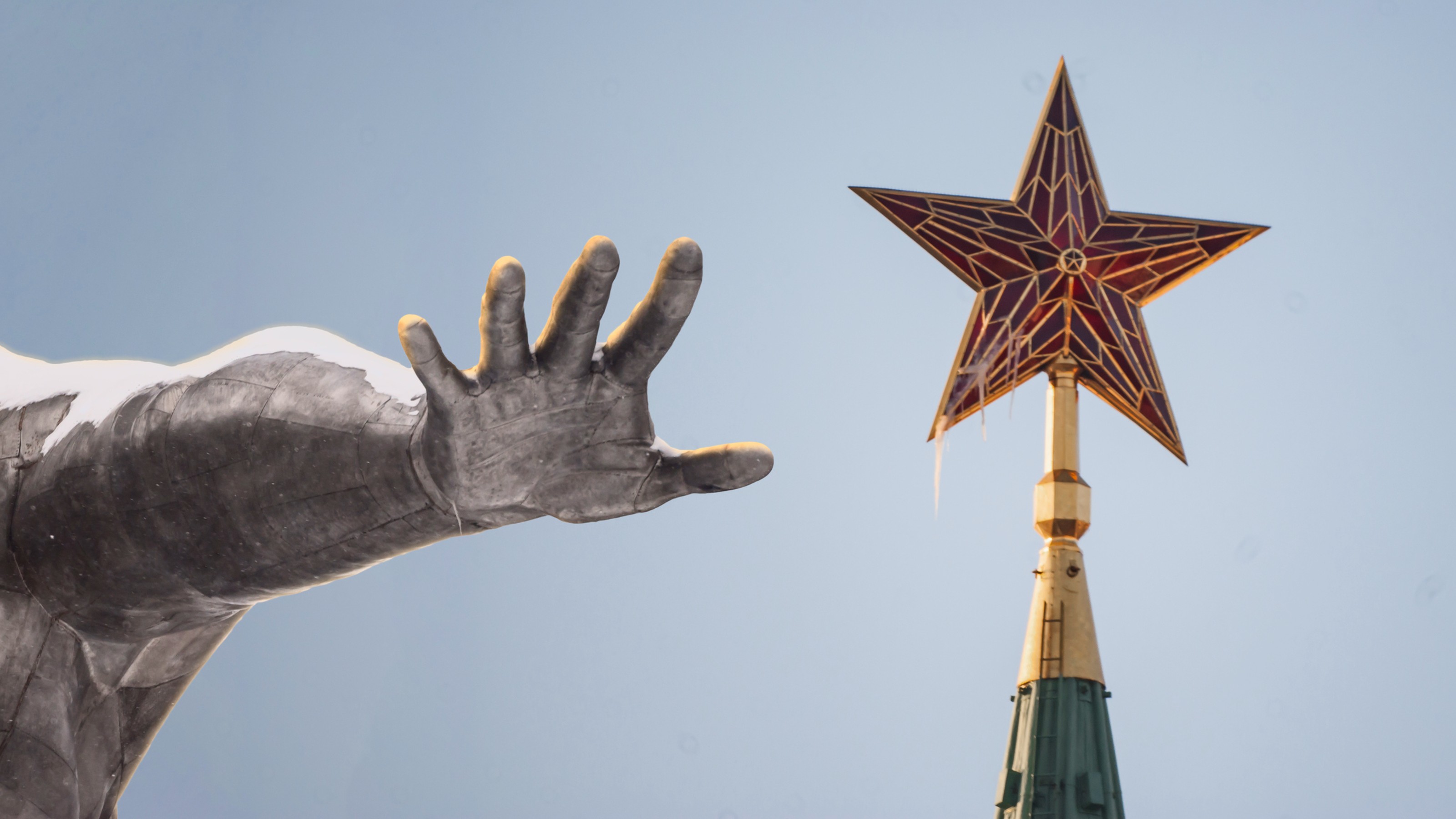Investors, Are You Ready for the Next Global Crisis?
It's not a question of if, but when, some cataclysm will hit markets. Here are some ways to prepare.

I sure hope I’m wrong, but the international news increasingly reminds me of the 1930s, when aggression in Europe and Asia went unchecked, trade barriers rose, economies stagnated, and the world slid into another war. What makes this situation dangerous for investors is that the stock market doesn’t seem to reflect the potential threats and has been blithely setting new records lately.
If you believe in efficient markets, as I do, then disputing the wisdom of the mass of investors who set prices can be a dicey business. Still, you should be prepared. If a terrible event caused the Dow Jones industrial average to fall by 500 points in a day, what would you do?
First, some history. In a column I wrote six days after the 9/11 attack, I cited a study by Ned Davis Associates on 28 worldwide crises, from the fall of France in 1940 to the bombing of the World Trade Center in 1993. The researchers found that after a global crisis, markets fear the worst and stocks get priced accordingly. But as the dust clears, optimism returns, stocks bounce back to where they were, and the market responds once more to economic signals rather than to geopolitical turmoil.

Sign up for Kiplinger’s Free E-Newsletters
Profit and prosper with the best of expert advice on investing, taxes, retirement, personal finance and more - straight to your e-mail.
Profit and prosper with the best of expert advice - straight to your e-mail.
Consider what happened when Japan bombed Pearl Harbor. On the first trading day after the attack, the Dow fell 2.9%. The broader Standard & Poor’s 500-stock index lost 4.1% in December 1941, and over the next four months the index dropped another 14%. But then, as the U.S. vigorously pursued enemies on three continents and ramped up war production, the market began to climb powerfully. From 1942 through 1945, the S&P delivered a total return of 147.5% (or 25.4% annualized).
Much the same pattern prevailed after North Korea invaded South Korea in 1950, after Iraq invaded Kuwait in 1990, and, of course, after 9/11 itself. The Dow closed at 9606 on September 10, 2001, lost 14% in 11 days, returned to its pre-attack level by November 9, and closed the year at 10,022.
Of course, there’s no guarantee that stocks will move consistently upward in the longer term after a shock, as they did during World War II. The decade following 9/11 was one of the worst ever for stocks, with the Dow finishing 2009 at roughly where it stood at the end of 2001. The reason for the market’s miserable performance, however, wasn’t 9/11 but an unrelated financial crisis caused by a bubble in housing prices.
What I worry about is how investors will respond to the next cataclysm. History teaches us not to panic and, in fact, to seize the opportunity. As I wrote in the aftermath of 9/11: “It is precisely because the world is so uncertain that stocks are a good investment.” If investing in stocks entailed no risk, then average annual returns would not be 10%. Instead, returns would be more like those of Treasury bonds—about 5% annualized. Stocks reward us well for taking the risk of becoming owners of businesses.
Still, it is a certainty that another shock is coming. I can’t tell you what it will be about or where or when it will occur. But it will happen. Here are suggestions on how to prepare and respond.
Diversify. The first lesson on risk is that you need to own a lot of stocks so that winners can balance losers. My preference is to construct a portfolio that includes at least one mutual fund that owns large-company stocks—either a low-fee actively managed fund such as Dodge & Cox Stock (symbol DODGX), which has beaten the S&P 500 by an average of 1.3 percentage points per year over the past five years (and is a member of the Kiplinger 25), or an index fund that mimics the S&P itself, such as Vanguard 500 Index (VFINX)—plus about 20 stocks from a variety of sectors. Not all stocks fell after 9/11. Coca-Cola (KO), for instance, actually rose 25 cents between its close on September 10, 2001, and its close on the first day the market reopened a week later. Even in a catastrophe, people reach for a soft drink. Shares of defense contractor Raytheon (RTN) rose by more than one-fourth in those seven horrifying days. I like both Coke and Raytheon.
Own bonds. A diversified stock portfolio is not enough. Allocate your assets between stocks and bonds. Because the S&P 500 has returned nearly 19% annualized over the past five years, much more than bonds have earned, stocks now dominate many portfolios, either because of passivity or by design. Make sure the proportion of bonds in your portfolio is what you intend it to be; for a typical 50-year-old, that means about 30%. Bonds, especially Treasuries and securities backed by government agencies, provide the ballast you need in rough seas. When a shock comes, your initial losses will be a lot smaller than with an all-stock portfolio. It’s worth remembering that even though the U.S. had been attacked, prices of ten-year Treasuries soared after 9/11 as investors stampeded into the safest securities they could find.
Invest regularly. Buying or selling because you (or I) suspect that the economy is headed for a bad time (or a good one) is the worst way to invest. Instead, invest in good companies, or in mutual funds that own them, and hold on. We can’t help being affected emotionally by the events around us, so put your stock purchases on automatic pilot. Set up a plan to invest the same amount every paycheck or every quarter—a technique known as dollar-cost averaging. That way, if shares fall in value, you’ll be able to purchase more of them. If you’re investing regularly through your 401(k) plan, you’re already doing that.
Seek bargains. Although buying stocks regularly is a valuable approach for most people, capitalizing on a market decline is the single best way to lower your risk. So, if you can muster the courage, buy at the worst of times. Think back to how you felt on September 11, 2001. You were only human if you worried that more attacks were ahead and that the tourism, transportation and entertainment industries would be wrecked for years. If you thought about your investment portfolio at all, you were probably kicking yourself for not owning more Treasury bonds and gold. Buying General Electric (GE) after it fell by one-fourth in the two weeks after the attack was the last thing on your mind. But the stock regained all it lost, except for a few cents, within a month.
My advice on preparing for the next shock is based on history. But I must issue a warning, and it’s a big one: The future may not be like the past. If you believe that this time will be different, one recourse is to protect yourself by buying a hedge, such as a mutual fund that rises in value when the stock market falls. An example is ProFunds Bear (BRPIX), which seeks returns that are the opposite of the S&P 500’s. The problem with bear-market funds is that they tend to charge high fees. Also, because investors lose money when stock prices rise, many lack the discipline to keep buying these hedges in good times (such as now), and that defeats the whole purpose.
The truth is that if you think the world is completely falling apart, you shouldn’t be investing anyway. You should be spending—or maybe squirreling away freeze-dried food. In my opinion, it’s not going to come to that, but it doesn’t hurt to be prepared.
James K. Glassman is a visiting fellow at the American Enterprise Institute. He owns none of the stocks mentioned.
Get Kiplinger Today newsletter — free
Profit and prosper with the best of Kiplinger's advice on investing, taxes, retirement, personal finance and much more. Delivered daily. Enter your email in the box and click Sign Me Up.

-
 Easing the Challenges of Caring for Aging Parents
Easing the Challenges of Caring for Aging ParentsHere are some strategies that can help reduce the effort and stress involved.
By Mario Hernandez
-
 How to Access Private Markets with Interval Funds
How to Access Private Markets with Interval FundsLet's explore how interval funds work — and how they're opening the doors to private market investing.
By Nicholas Pope
-
 5 Big Tech Stocks That Are Bargains Now
5 Big Tech Stocks That Are Bargains Nowtech stocks Few corners of Wall Street have been spared from this year's selloff, creating a buying opportunity in some of the most sought-after tech stocks.
By James K. Glassman
-
 How to Invest for a Recession
How to Invest for a Recessioninvesting During a recession, dividends are especially important because they give you a cushion even if the stock price falls.
By James K. Glassman
-
 10 Stocks to Buy When They're Down
10 Stocks to Buy When They're Downstocks When the market drops sharply, it creates an opportunity to buy quality stocks at a bargain.
By James K. Glassman
-
 How Many Stocks Should You Have in Your Portfolio?
How Many Stocks Should You Have in Your Portfolio?stocks It’s been a volatile year for equities. One of the best ways for investors to smooth the ride is with a diverse selection of stocks and stock funds. But diversification can have its own perils.
By James K. Glassman
-
 An Urgent Need for Cybersecurity Stocks
An Urgent Need for Cybersecurity Stocksstocks Many cybersecurity stocks are still unprofitable, but what they're selling is an absolute necessity going forward.
By James K. Glassman
-
 Why Bonds Belong in Your Portfolio
Why Bonds Belong in Your Portfoliobonds Intermediate rates will probably rise another two or three points in the next few years, making bond yields more attractive.
By James K. Glassman
-
 140 Companies That Have Pulled Out of Russia
140 Companies That Have Pulled Out of Russiastocks The list of private businesses announcing partial or full halts to operations in Russia is ballooning, increasing economic pressure on the country.
By Brad Moon
-
 How to Win With Game Stocks
How to Win With Game Stocksstocks Game stocks are the backbone of the metaverse, the "next big thing" in consumer technology.
By James K. Glassman